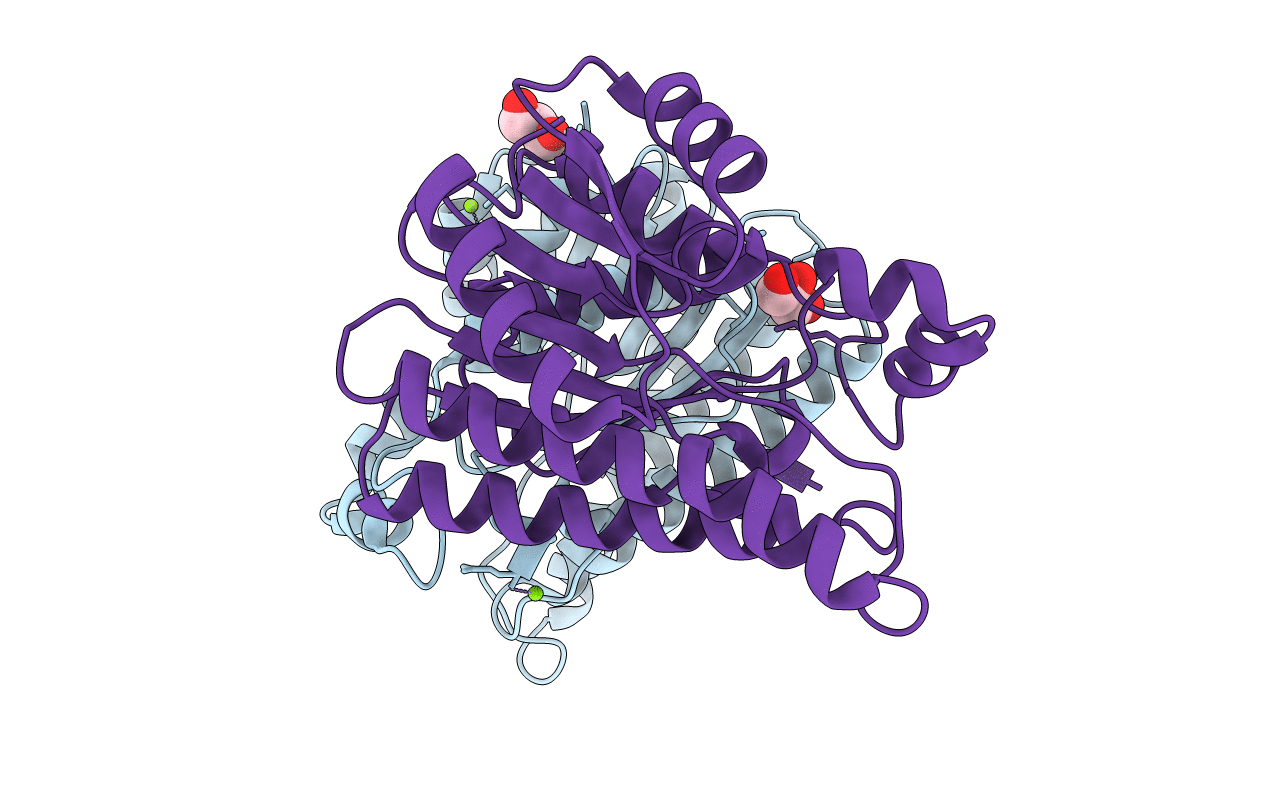
Deposition Date
2014-09-24
Release Date
2015-09-30
Last Version Date
2023-09-20
Entry Detail
PDB ID:
4RF5
Keywords:
Title:
Crystal structure of ketoreductase from Lactobacillus kefir, E145S mutant
Biological Source:
Source Organism:
Lactobacillus kefiri (Taxon ID: 33962)
Host Organism:
Method Details:
Experimental Method:
Resolution:
1.60 Å
R-Value Free:
0.18
R-Value Work:
0.16
R-Value Observed:
0.16
Space Group:
P 21 21 2


